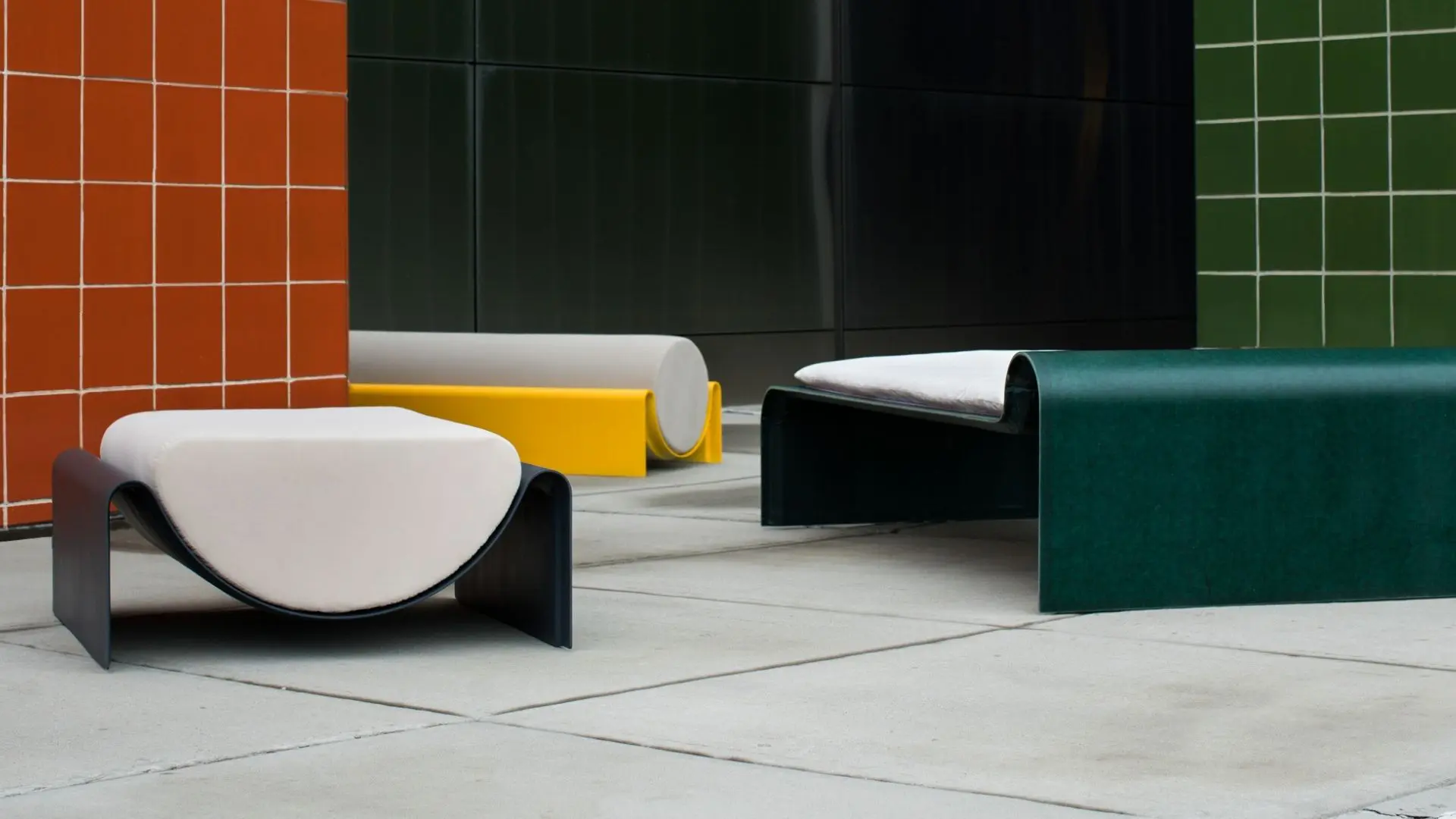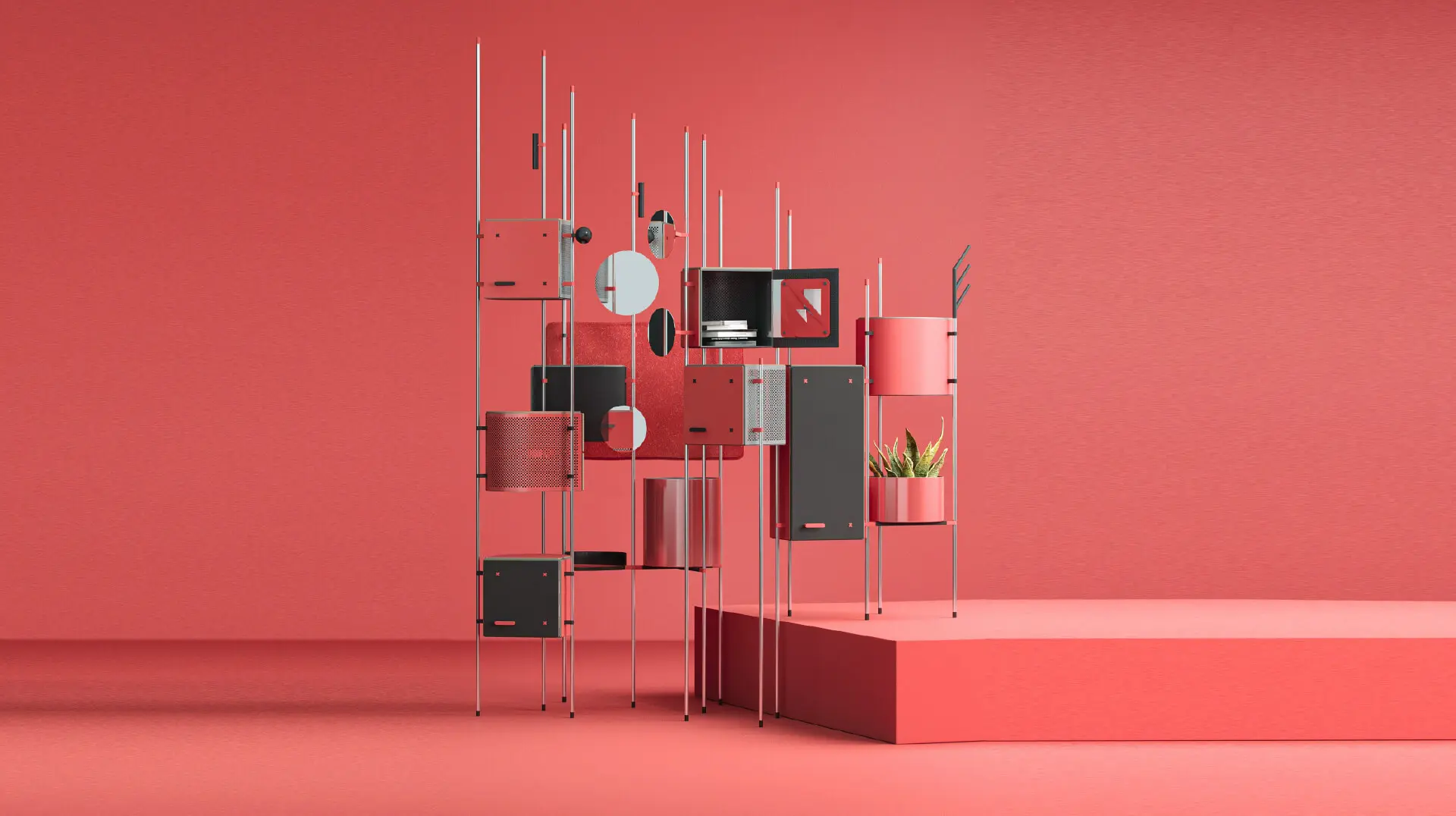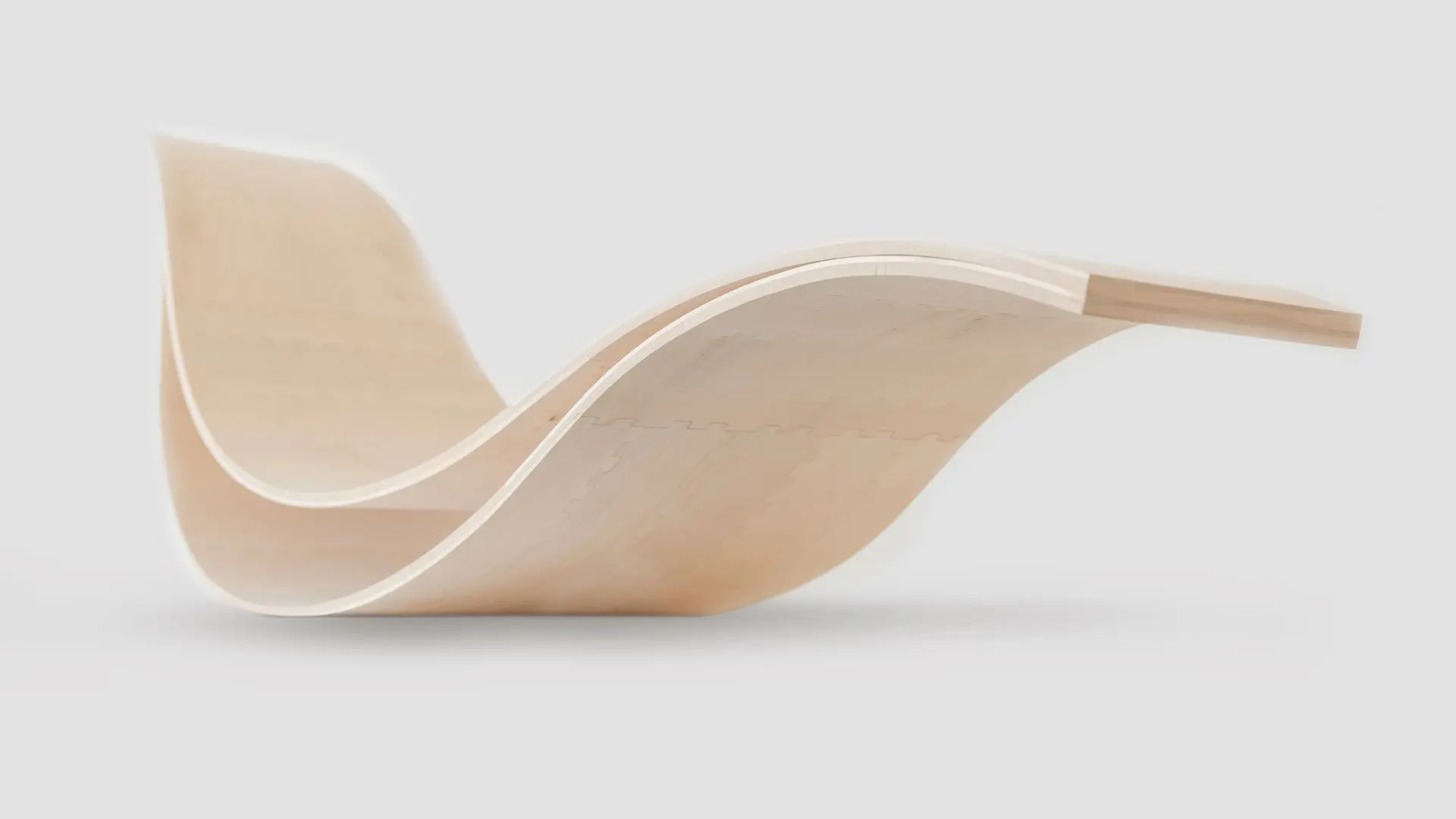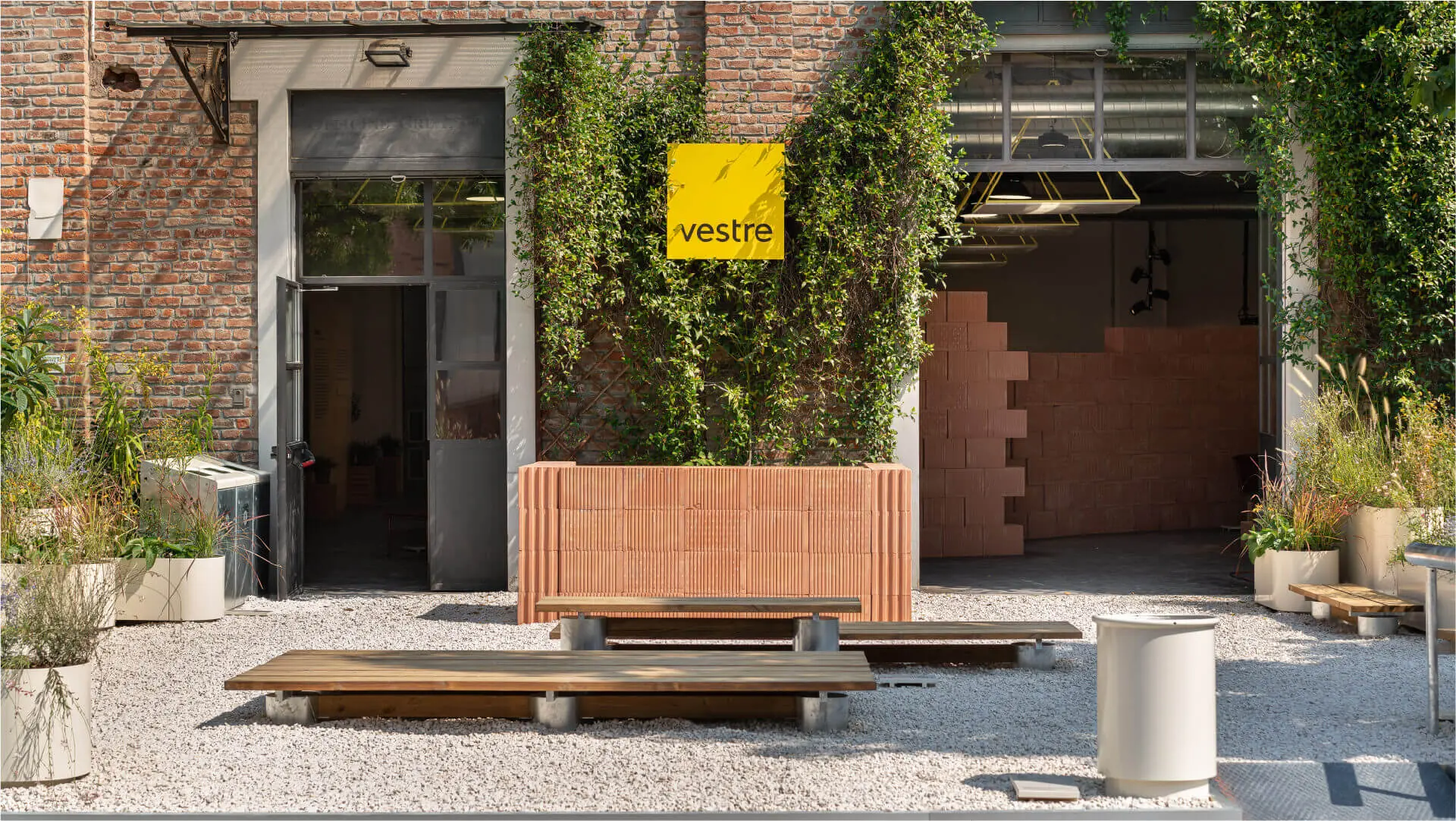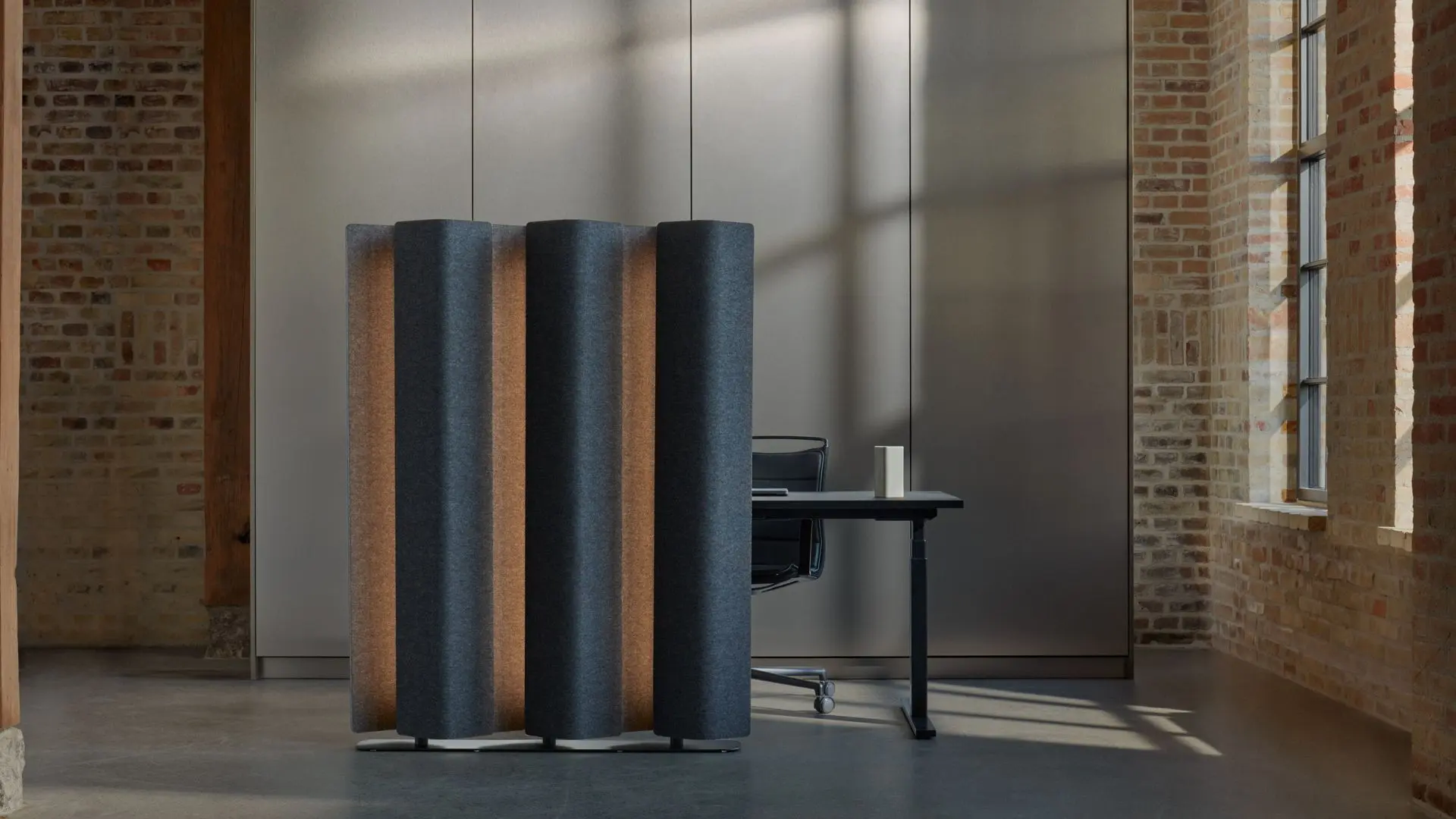Asa Pingree shapes high density foam and lightweight fibreglass to create Eclipse Ottoman
The Maine-born, Brooklyn-based furniture artisan combines simple shapes with high-spec materials to create a sculptural seating solution
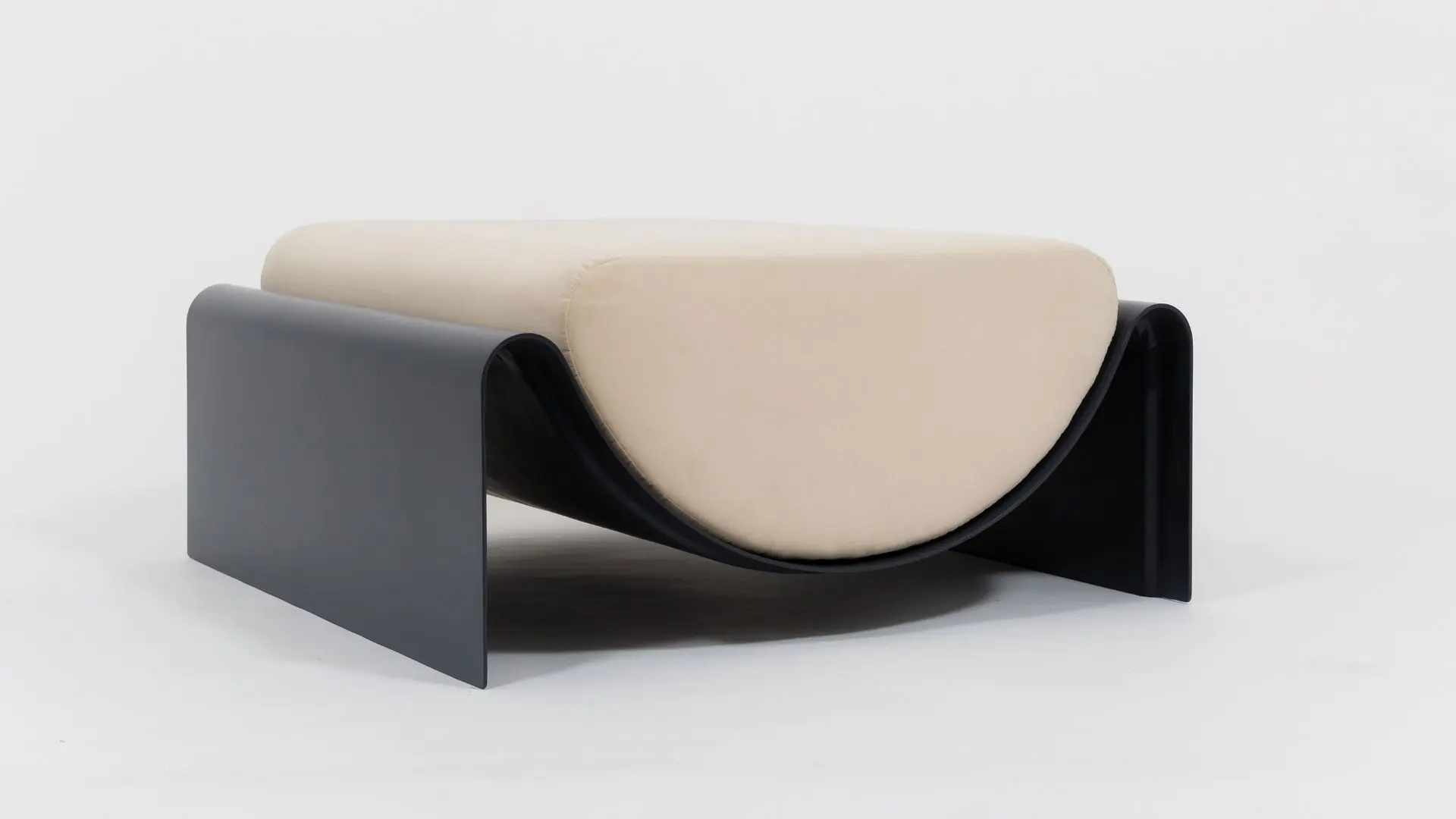
Vacuum infusion was used for this collection, a complex process of drawing resin through the reinforcement fabrics using an extremely high level of vacuum.
The forms of the collection came from a sense of play balanced with a simplicity of line.
They include cylinders, half cylinders and cradles for creating various models and radiuses to drape limbs over and cushions that are as comfortable on the floor as they are in their place.
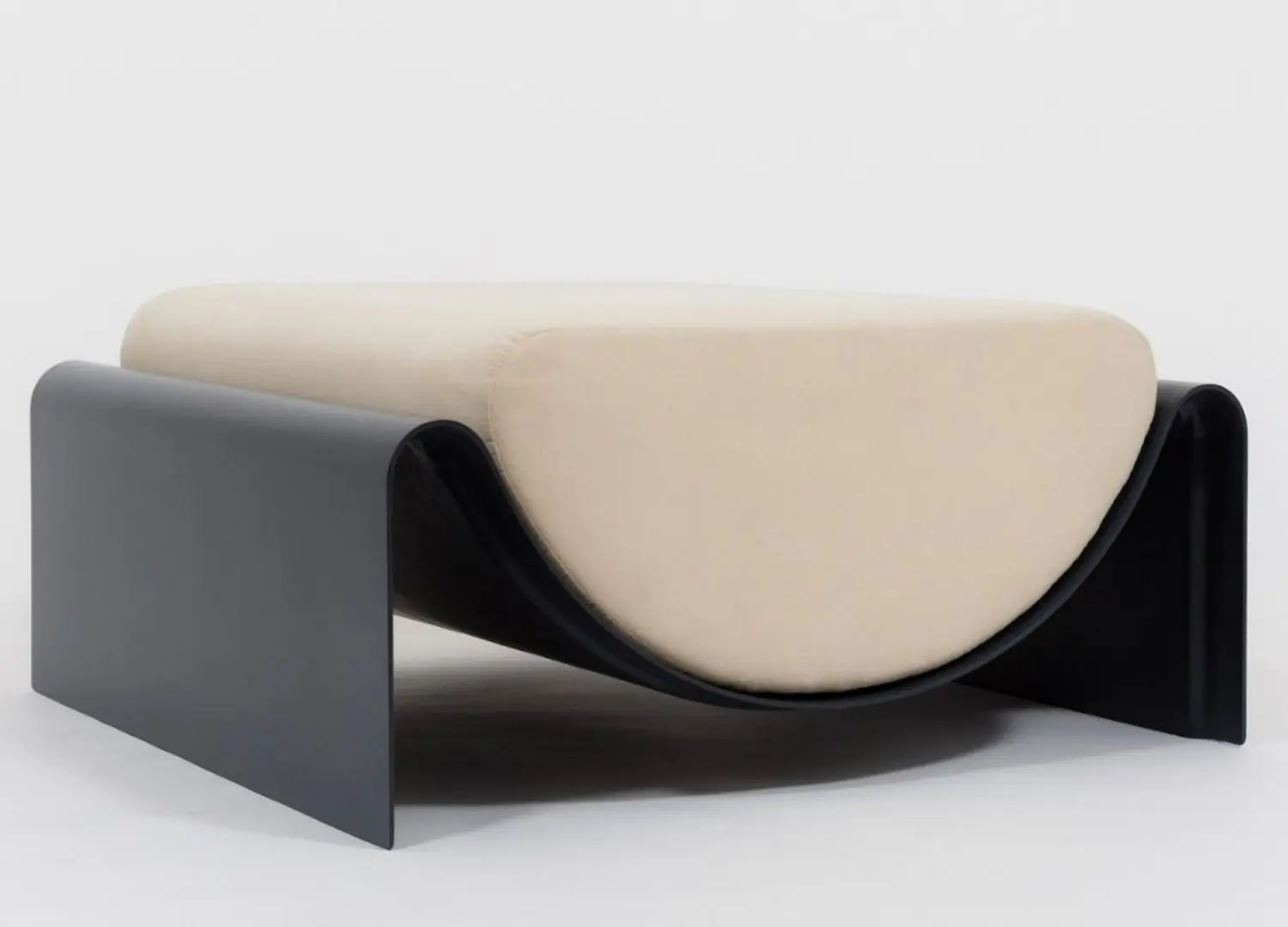
The first shape was the Magic Daybed inspired by a long-gone family boat of the same name: a lobster style picnic boat with a large flat engine box in the middle of the deck that had a hinging headrest at one end turning it from a flat surface to a palatial bed to experience the world from.
The base is made of a lightweight fibreglass composite with a moulded gel coat surface that is extremely durable and suitable for extended outdoor life (see also our section about innovative materials).
Meanwhile, the cushion is made of super high density foam and covered in a Maharam fabric that can sustain high wear and is inherently flame resistant.
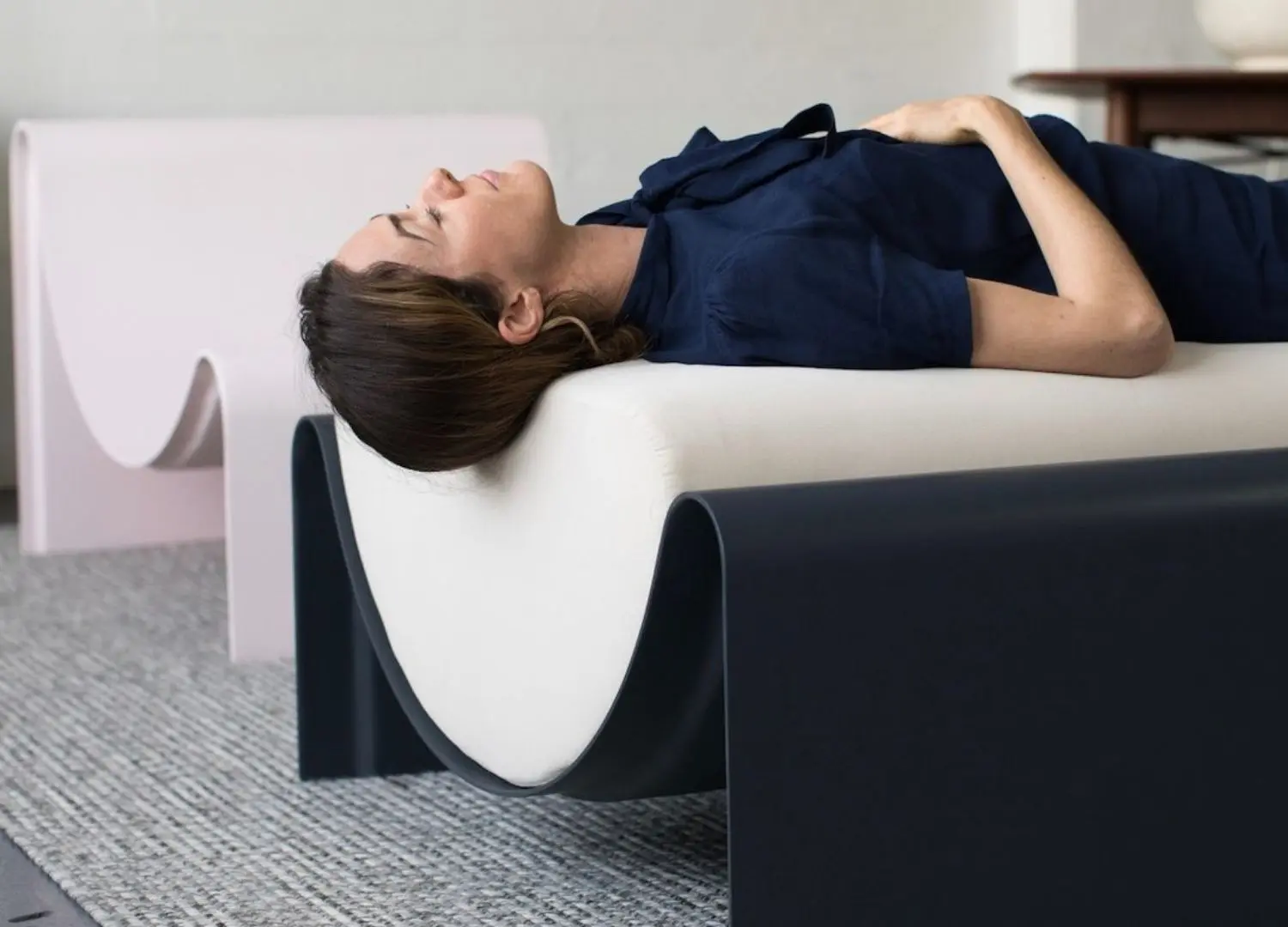
Fibreglass: inspired by generational craft
For Asa Pingree, designing in fibreglass is a return to his roots building boats.
Growing up the son of a boat builder on an island off the coast of Maine conjures up visions of hulls planked with wood and varnished top sides.
His father focused on fibreglass and carbon fibre composites in the interest of performance and durability.
“When you understand a material well, it is hard to not see forms that are possible only with that material’s intrinsic qualities,” says Pingree.
With an expertise in composite lamination, designing for these materials was always in the back of his mind.
Fibreglass is a process-heavy undertaking with many steps of both mould making and part lamination.








